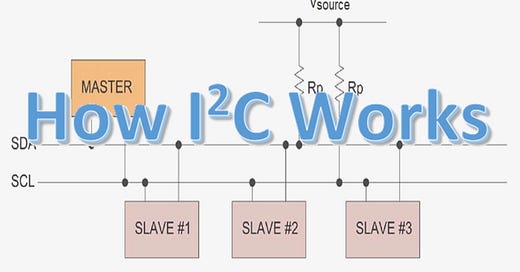I2C Is About to Be Replaced
I3C replaces I2C with 100Mbps speeds, dynamic addressing & power efficiency. Learn why embedded systems are migrating to this next-gen protocol.
"ChipPub" Publication: 20% Discount Offer Link.
The I2C (Inter-Integrated Circuit) bus, invented by Philips Semiconductor (now NXP Semiconductors) in 1980, marked a significant step forward in simplifying embedded system communication. It is a simple two-wire interface for synchronous, multi-master/multi-slave, single-ended serial communication.
45 years later, it remains widely used for connecting low-speed peripheral integrated circuits (ICs), processors, and microcontrollers. However, today's silicon has evolved dramatically - we have progressed from 8-bit MCUs to multi-core SoCs, from simple sensors to complex multi-modal sensor devices. The demands for bandwidth, latency, and power consumption have all increased, creating opportunities for new and improved bus variants to emerge.




